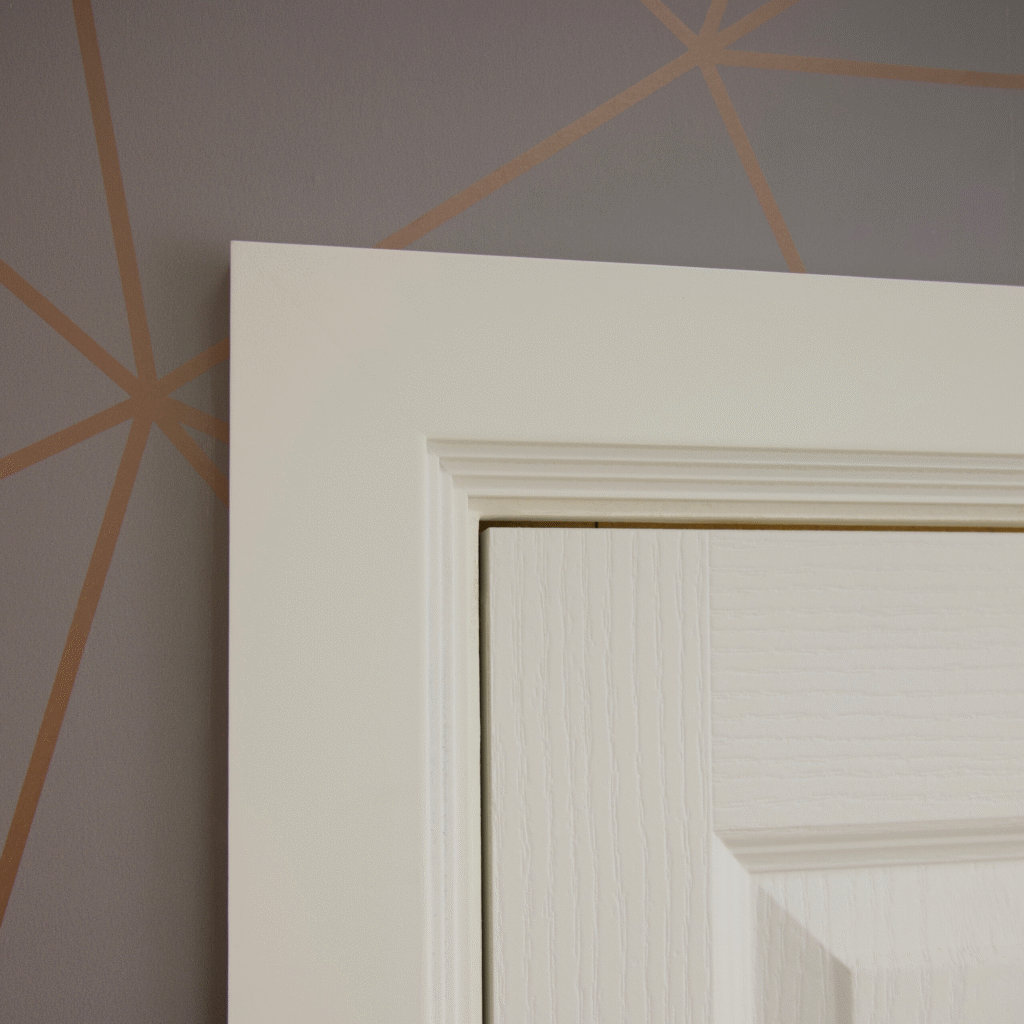An architrave is a decorative moulding that frames a doorway, adding architrave door architectural character and enhancing the overall appearance of a room. Traditionally used to conceal the joint between the door frame and the wall, architraves have evolved into stylish features that contribute significantly to interior design. These mouldings not only serve a functional purpose but also create a polished, elegant transition between rooms, elevating the aesthetic of both contemporary and classic interiors.

The primary function of door architraves is to cover unsightly gaps and uneven edges where the door frame meets the surrounding wall. By doing so, they provide a clean and finished look that improves the visual flow of a space. Architraves also add structural integrity by protecting the edges of the wall from knocks and general wear and tear. This is particularly important in high-traffic areas where doors are frequently opened and closed, as they help maintain the longevity and appearance of the walls.
In terms of design, architraves are available in a wide range of styles, from simple, minimalist profiles to more ornate, traditional patterns. Homeowners can choose a design that complements the architectural style of their property and matches existing skirting boards or window trims for a cohesive look. Modern homes often benefit from sleek, flat architraves with sharp lines, while period properties may feature more intricate mouldings with decorative curves and bevels. This versatility makes architraves a valuable design element in both renovations and new builds.
Materials used in architrave construction vary depending on budget, preference, and intended finish. MDF (medium-density fibreboard) is a popular choice due to its affordability, smooth finish, and ease of painting. Hardwood options like oak or walnut offer a more luxurious, natural finish and are ideal for high-end interiors. Softwood is another common option, suitable for both painted and stained finishes. No matter the material, architraves can be easily customized to suit a specific style or color scheme, allowing for greater design flexibility.
Installing architrave around doors is a relatively straightforward process that can be undertaken by both professionals and skilled DIYers. Accurate measurement and cutting are crucial for a clean and symmetrical look, especially at the corners where mitred joints meet. Once fitted, architraves can be primed, painted, or varnished to match the surrounding décor. When done properly, architraves not only enhance the visual appeal of a doorway but also increase the perceived value of the property by adding architectural interest.
In conclusion, door architraves are more than just functional trim pieces—they are important design elements that bring elegance and cohesion to any interior. By concealing imperfections, protecting wall edges, and contributing to a room’s style, architraves play a key role in the overall finish of a space. With a variety of styles, materials, and finishes available, they offer flexibility to suit any home, from modern apartments to traditional houses. Whether renovating or building from scratch, incorporating architraves is a simple yet effective way to refine and elevate interior doorways.